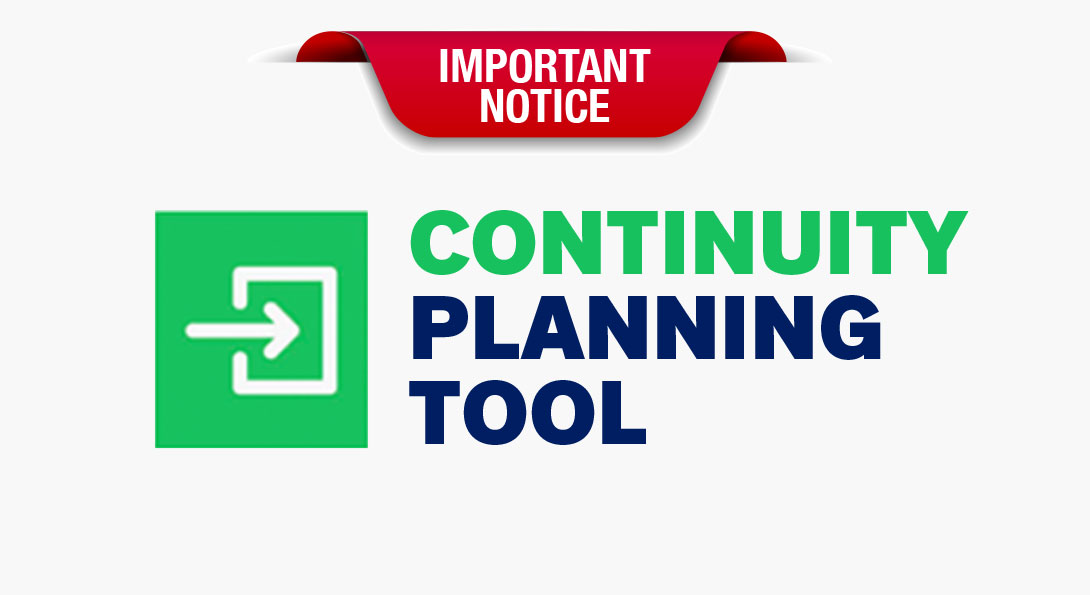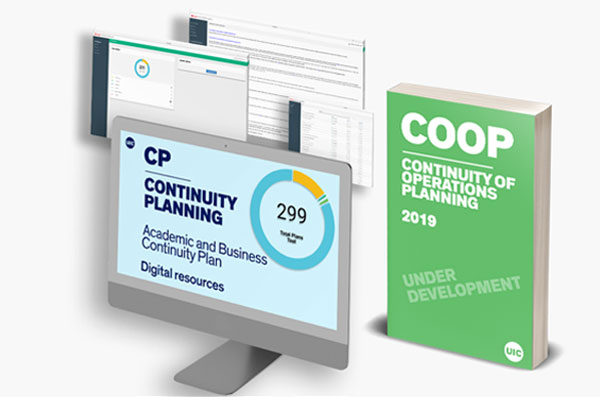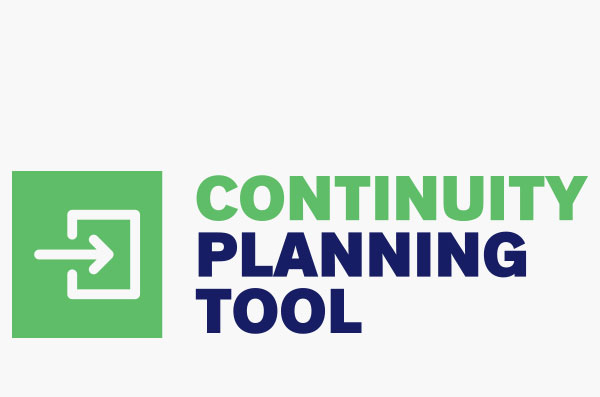Important Notice: Pause BCP Planning in Kuali Ready Tool Heading link

Dear UI Ready (Kuali) Users,
We hope this message finds you well. We are writing to inform you that UI Ready (Kuali Ready) will be sunset and discontinued on June 30, 2024. The university will transition to the Riskonnect Business Continuity & Resilience (BC&R) platform, powered by Riskonnect. The Office of Preparedness and Response is dedicated to keeping you well-informed throughout this process and ensuring a smooth transition. Please review the details in the DDDH memo released in April, which informed the campus of this migration. [Click here to review the memo].
What to Expect
We recognize that it’s been a while since our last communication, but rest assured, we’ve been diligently collaborating with senior leadership across the UofI System to unlock the full potential of our business continuity / disaster recovery program. Instead of just developing plans that may never be used, we are focusing on building a network of knowledgeable, trained, and ready individuals. Our goal is to achieve true resiliency through simplified strategies, business impact analysis, straightforward plans, and an engaging process that drives success.
Here’s what you need to know about the transition:
- Plan data backup: We ask that you download a PDF copy of your current plans for reference. This will be helpful when you begin creating new plans in the BC&R system. As a backup, our team has already downloaded all existing data and plans from the current Kuali Ready tool. To access and download your plans, log in [here], click on “View” plan, then click on “Print PDF” in the right pane. Should you need a copy of your plan after the June 30 cutoff, please contact ready@uic.edu.
- Data export and audit: We strongly encourage current Plan Owners and planning teams to seize this opportunity to conduct a thorough audit of your plans. This is an ideal time to identify areas for enhancing our instructional, business, research, and patient care continuity strategies. While starting from scratch may seem daunting, it offers a unique chance to reassess and optimize your approaches. Our team will assist in migrating any plan data into the new BC&R tool, ensuring that the transition enhances your plan development process and fully leverages the advanced capabilities of our new system.
- Support and training. We will offer comprehensive help aids, a dedicated website landing page to ensure all information is easily accessible, and in-person training sessions for all users to familiarize them with the new tool’s features and best practices.
Throughout this process, our support team will be on standby to assist with any challenges or questions you may encounter during the migration.
Timeline
June 20-30, 2024:
- Action required. Download your plans from UI Ready (Kuali Ready) to ensure you have a copy before access is discontinued.
June 30, 2024:
- Sunset of Kuali Ready. Portal access will be permanently discontinued.
July 2024:
- Pilot program launch. The initial cohort includes COM, LAW, OVCHA, Tech Solutions, and UES.
- Release of online help aids.Support materials will be made available to assist with the transition and plan development.
Fall 2024:
- Comprehensive rollout of BC&R. The full deployment of the new BC&R tool begins, accompanied by virtual and in-person training sessions to familiarize all users with the system.
Your cooperation and patience are greatly appreciated as we strive to enhance your business continuity / disaster recovery planning experience. More details will be provided in the upcoming weeks. For any inquiries or assistance regarding the transition, please reach out to ready@uic.edu. Kindly forward this information with other team members to ensure they are aware of the upcoming changes.
Continuity of Operations Heading link
The continuity plan may be activated for:
- Natural disasters (e.g., fire, infectious disease outbreak, unexpected loss of an essential employee, earthquake).
- Technological disasters (e.g., data loss, connectivity loss, equipment failure).
- Human-caused disasters (e.g., theft, civil unrest, cyber-attack, bomb threat, terrorist attack).
Continuity of Operations Planning Heading link
Guide to Continuity and Recovery Planning Heading link
These guides explain the basic concepts of a Continuity Plan and the steps needed to develop your college, department, or unit-specific plan.

